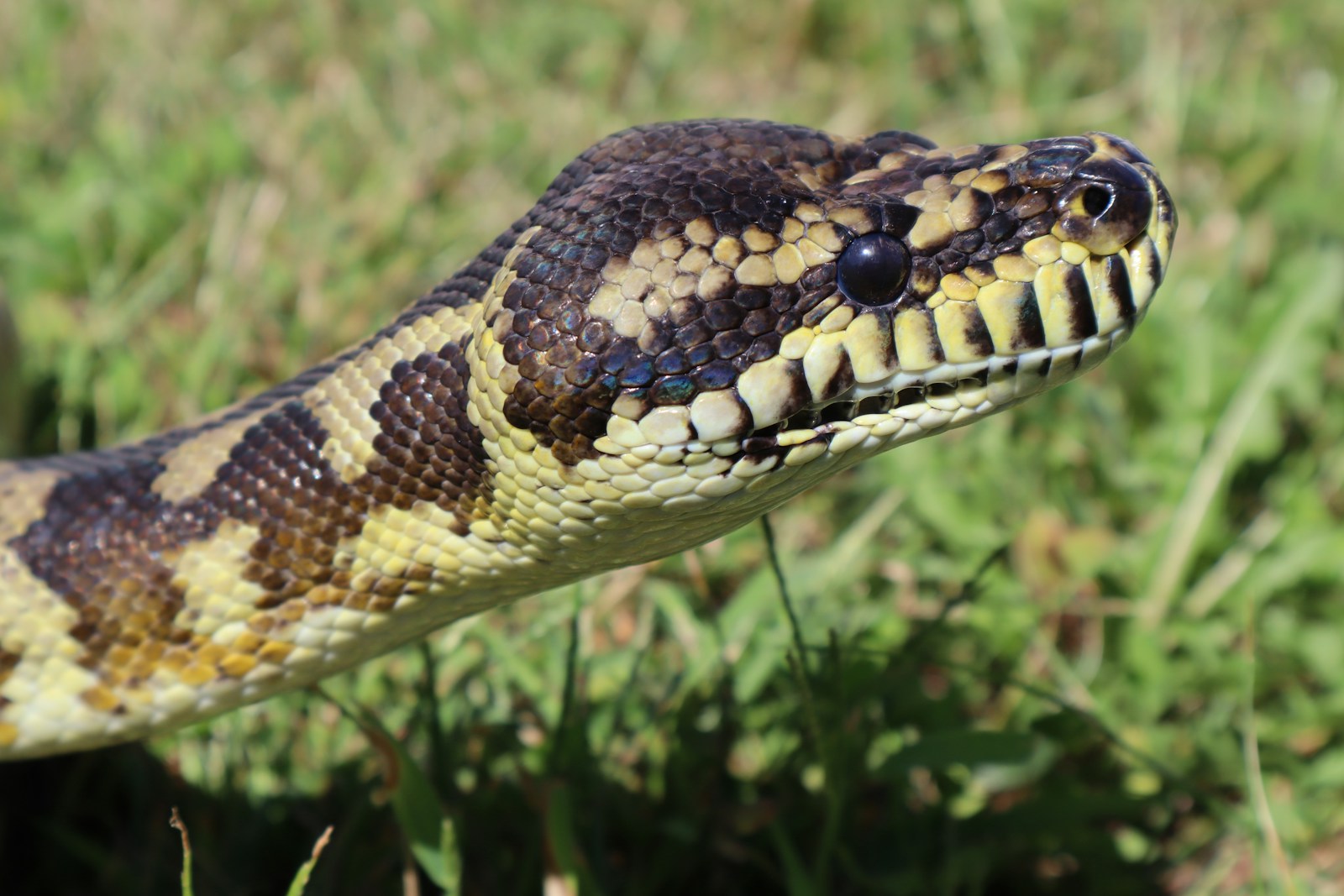The world of snakes is filled with fascinating hunting strategies that have evolved over millions of years. Among the most intriguing aspects of serpent behavior is how they select the optimal time to pursue prey. Snakes, being ectothermic or “cold-blooded” animals, are particularly influenced by environmental conditions when making hunting decisions. Their activity patterns aren’t random but rather carefully calibrated to maximize hunting success while minimizing energy expenditure and risk. From the heat-seeking rattlesnake of the American desert to the nocturnal tree vipers of Asian rainforests, different species have developed remarkably diverse temporal preferences that reflect their evolutionary adaptations to specific ecological niches. This exploration of serpentine hunting schedules reveals the complex interplay between biology, ecology, and behavior that governs when these remarkable predators choose to strike.
The Ectothermic Advantage: How Body Temperature Dictates Hunting Hours
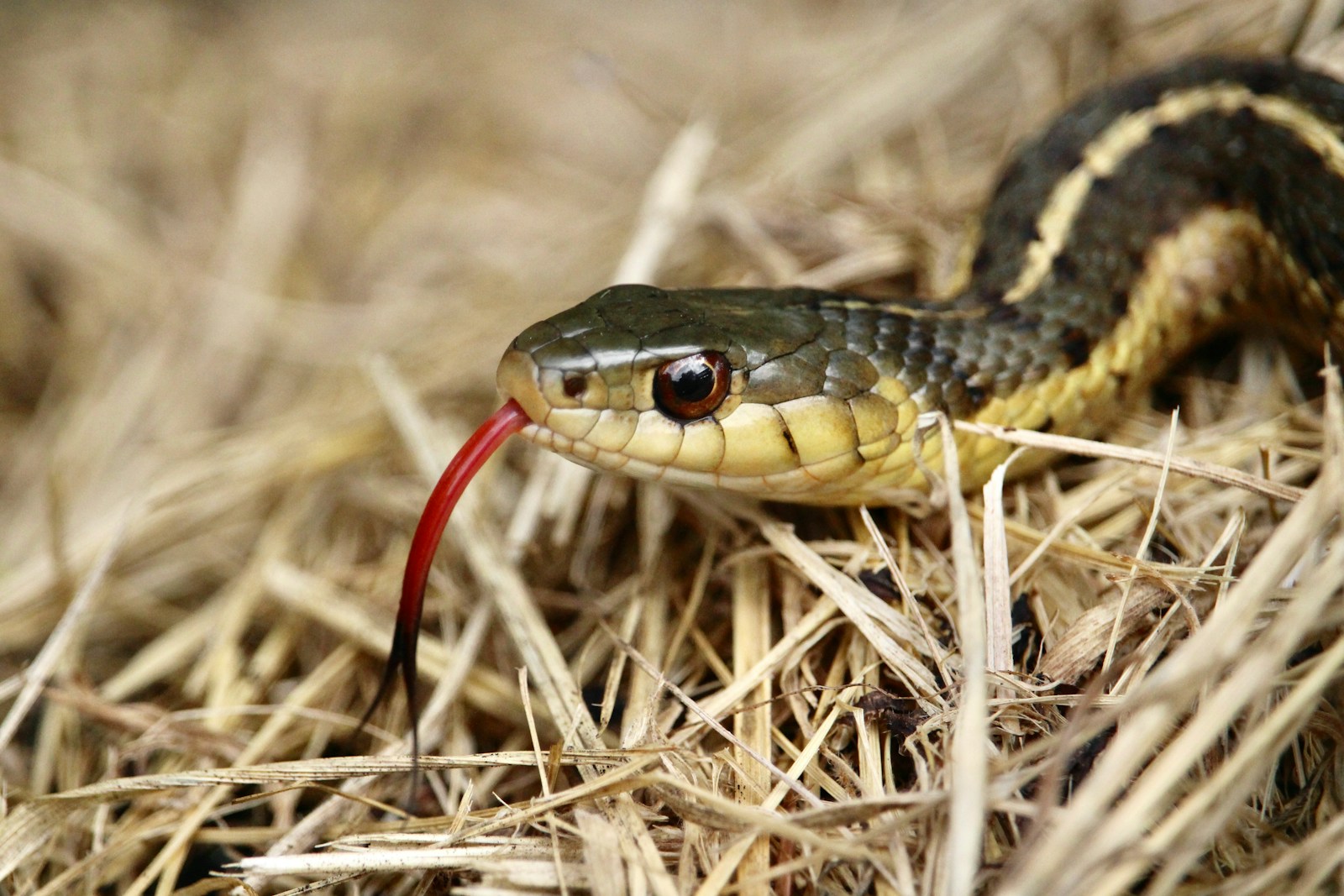
Unlike mammals and birds, snakes cannot internally generate sufficient body heat, making them highly dependent on external temperatures to regulate their metabolic functions. This fundamental biological reality creates a direct relationship between environmental conditions and a snake’s hunting capabilities. During periods when ambient temperatures align with their preferred body temperature range, snakes experience optimal muscle function, sensory perception, and digestive efficiency. For many species, this means hunting during transitional periods like dawn and dusk when temperatures are moderate. Some desert-dwelling species, for instance, may hunt during early morning hours before the sand becomes scorchingly hot, while certain tropical species might remain active throughout the warm, humid night. The ectothermic nature of snakes essentially transforms their daily schedule into a carefully balanced energy equation, where hunting efforts are concentrated during periods that offer the greatest return on metabolic investment.
Diurnal Hunters: Snakes That Prefer Daylight Pursuits
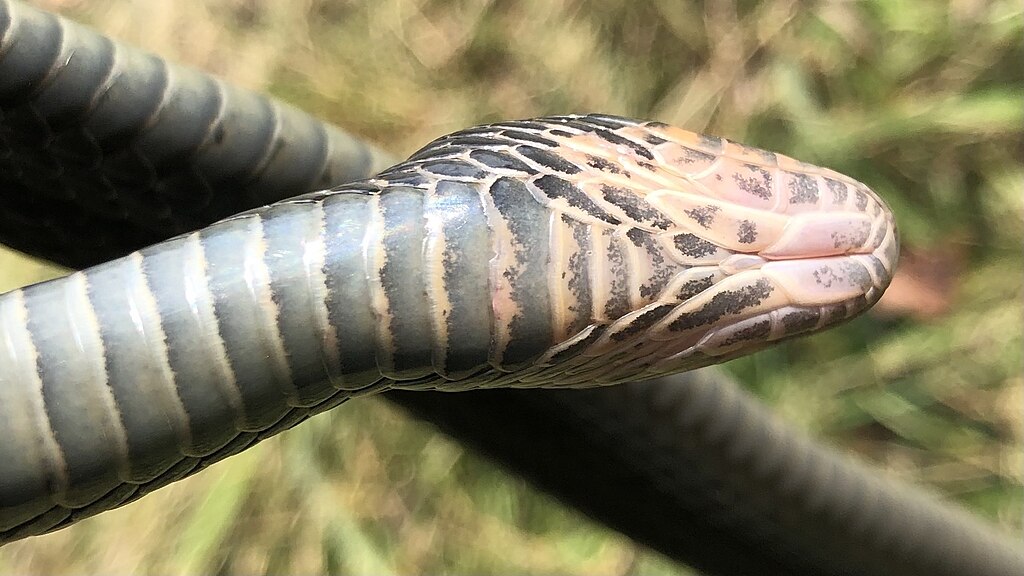
Many snake species have evolved to exploit the abundant resources available during daylight hours. Diurnal hunters like the common garter snake (Thamnophis sirtalis) and the eastern racer (Coluber constrictor) rely heavily on their excellent vision to track prey in bright conditions. These species typically possess round pupils that function optimally in higher light levels, allowing them to detect movement with remarkable precision. Diurnal hunters often inhabit temperate or tropical environments where daytime temperatures remain within their preferred range for extended periods. They frequently target prey species that are themselves diurnal, such as small rodents, lizards, and birds that are active during daylight hours. The king cobra (Ophiophagus hannah), the world’s longest venomous snake, exemplifies this adaptation with its primarily daytime hunting schedule and specialized diet consisting largely of other snake species that are themselves active during daylight.
Nocturnal Specialists: Masters of the Midnight Hunt
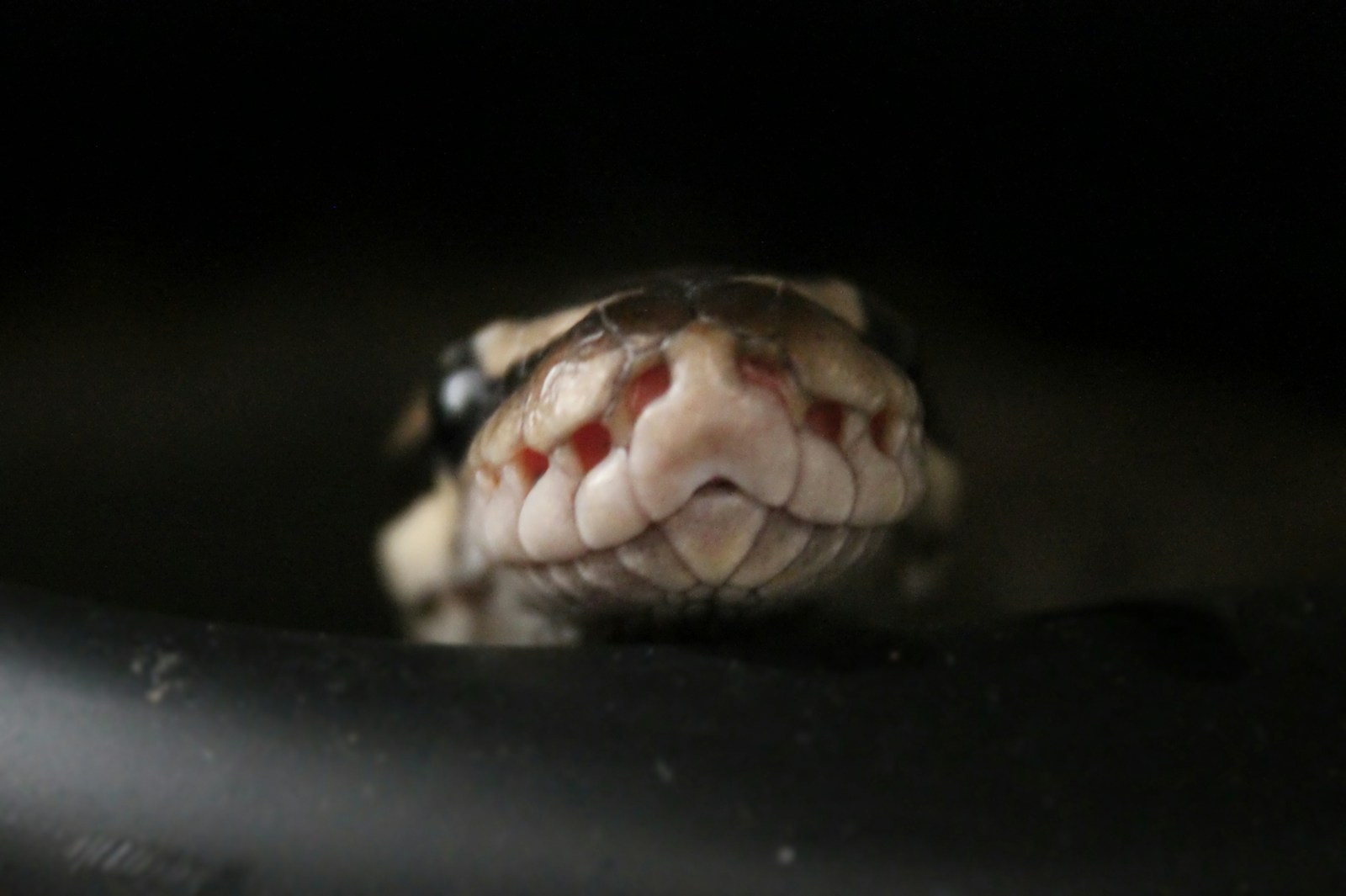
For many snake species, the cover of darkness provides optimal hunting conditions that minimize predation risk while maximizing prey availability. Nocturnal hunters such as the ball python (Python regius) and various pit viper species have developed specialized adaptations for low-light efficiency. Their vertically elliptical pupils dilate extensively in darkness, gathering available light most effectively. Many nocturnal species rely less on vision and more on alternative sensory systems, including infrared detection, chemoreception through their highly specialized vomeronasal organ, and vibration detection through their lower jaw in contact with the ground. The sidewinder rattlesnake (Crotalus cerastes) exemplifies nocturnal specialization, hunting desert rodents during cool nights when its prey is active but larger predators may be less threatening. These specialized nocturnal hunters often display more cryptic coloration and patterns that blend perfectly with nighttime shadows rather than daytime surroundings.
Crepuscular Predators: The Dawn and Dusk Specialists
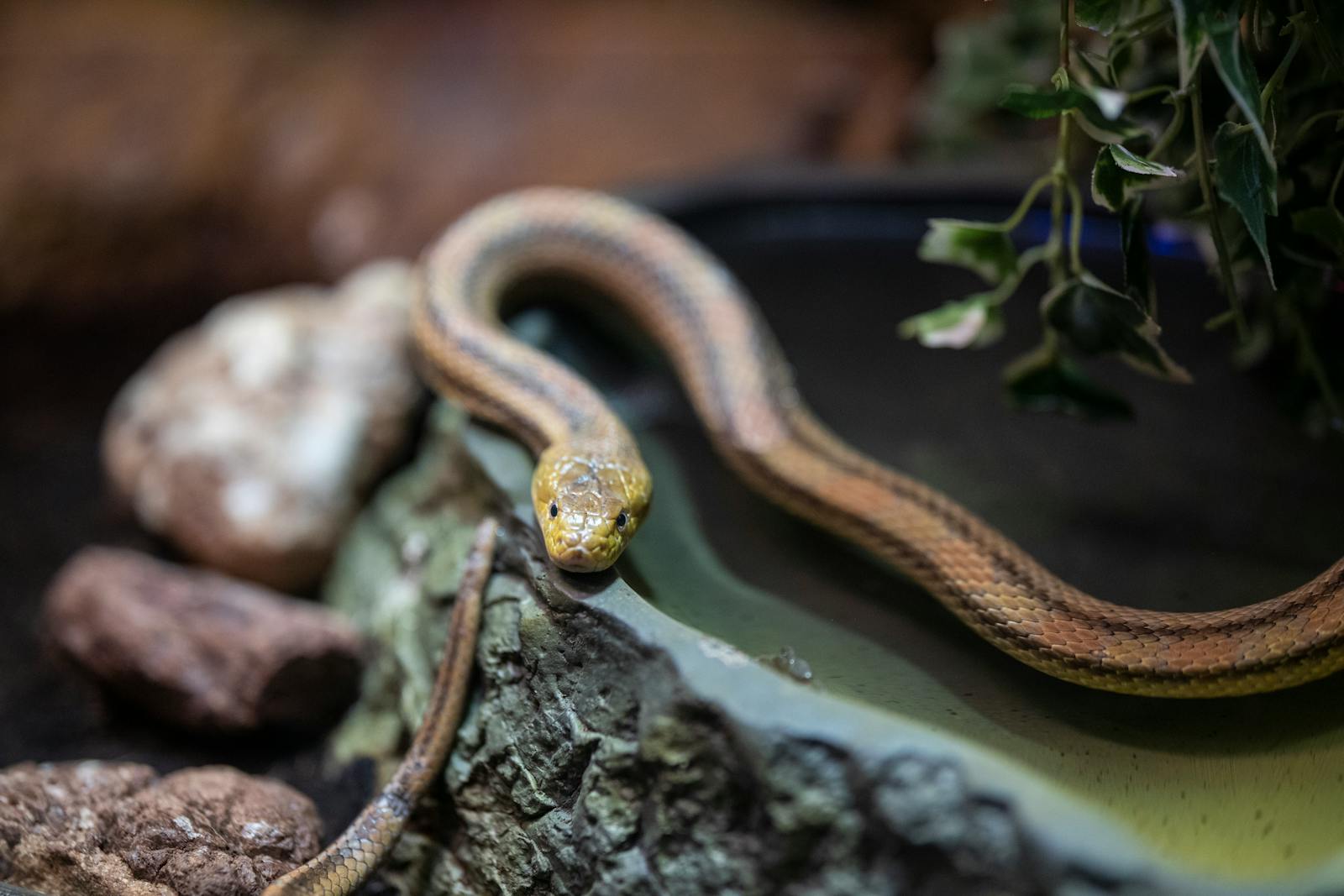
The transitional periods between day and night offer a sweet spot for many snake species, combining moderate temperatures with changing light conditions that can disorient prey. Crepuscular hunters like copperheads (Agkistrodon contortrix) and some rattlesnake species are most active during these twilight hours. During dawn and dusk, these snakes benefit from declining heat while still having sufficient light to navigate and target prey. Many rodent species are particularly active during these transitional periods, creating a peak in prey availability that crepuscular snakes have evolved to exploit. The bullsnake (Pituophis catenifer sayi) demonstrates this pattern by concentrating its hunting efforts during early morning and late afternoon, when ground squirrels and pocket gophers are actively foraging but haven’t yet returned to the safety of their burrows. This temporal niche allows crepuscular snakes to minimize competition with strictly diurnal or nocturnal predators while maximizing their hunting success.
Seasonal Shifts: How Annual Cycles Affect Daily Hunting Patterns

Snake hunting schedules aren’t static throughout the year but rather adjust dramatically with seasonal changes. In temperate regions, many species shift their hunting times seasonally to adapt to changing daylight hours, temperature fluctuations, and prey availability. A snake that hunts primarily at midday during spring might become crepuscular during summer heat, then return to diurnal hunting in autumn. Winter brings complete dormancy for many temperate species during brumation periods, when metabolic rates drastically decrease and hunting ceases entirely. Tropical species experience less dramatic seasonal temperature variations but may still adjust their hunting patterns in response to wet and dry seasons. The eastern diamondback rattlesnake (Crotalus adamanteus), for instance, typically hunts during daylight hours in cooler months but shifts to night hunting during the hot summer, demonstrating the remarkable adaptability that characterizes successful predators across changing environmental conditions.
Prey Availability: Synchronizing with Food Sources
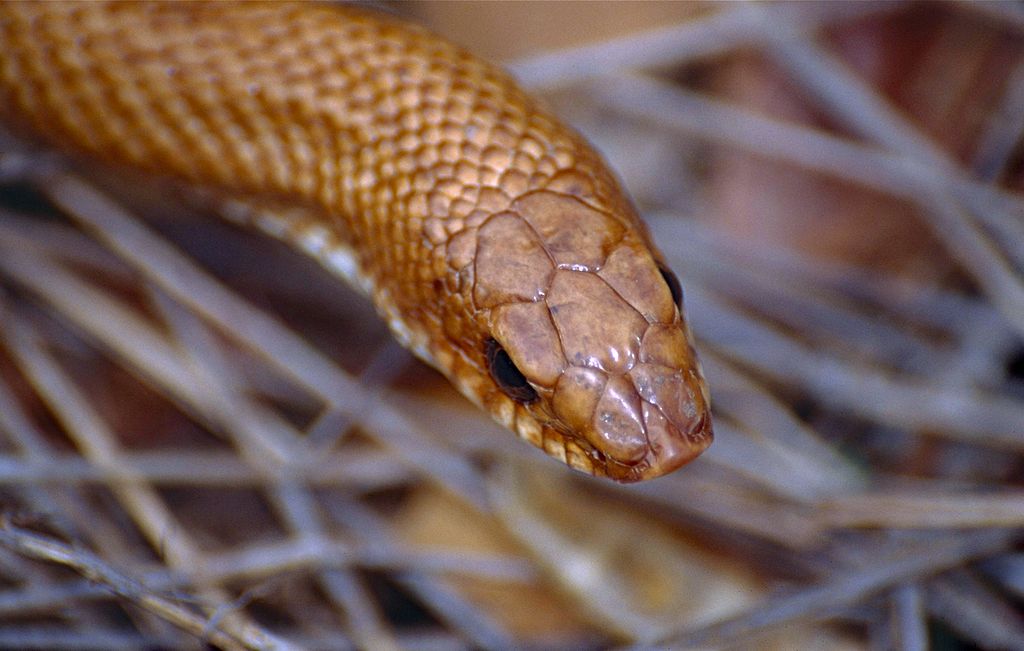
Perhaps the most significant factor influencing when snakes hunt is the activity pattern of their preferred prey. Successful predators synchronize their hunting schedules with the times when their target species are most active and vulnerable. Snakes that specialize in capturing diurnal lizards, for instance, must themselves be active during daylight hours. Conversely, those that target nocturnal rodents typically adopt nighttime hunting strategies. The western hognose snake (Heterodon nasicus), which feeds primarily on toads, concentrates its hunting during periods when amphibians are most active, often following rainfall events regardless of time of day. This synchronization extends beyond daily patterns to encompass seasonal events, such as amphibian breeding migrations or rodent population booms following seed production cycles. The remarkable temporal flexibility demonstrated by many snake species represents a sophisticated evolutionary response to the complex activity patterns of their diverse prey base.
Thermoregulatory Behaviors: Basking Periods vs. Hunting Windows

A snake’s daily schedule must balance two essential but sometimes competing needs: thermoregulation and hunting. Before actively pursuing prey, many snakes engage in basking behavior, strategically positioning themselves to absorb solar radiation until reaching optimal body temperature. This preparatory phase is crucial for ensuring sufficient physical performance during the subsequent hunting period. The timber rattlesnake (Crotalus horridus) exemplifies this pattern, typically basking during morning hours before initiating hunting activity in the afternoon. Desert-dwelling species often display a bimodal activity pattern with distinct morning and evening hunting periods separated by midday thermoregulatory retreats when temperatures exceed their tolerance limits. Tropical species living in more thermally stable environments may require less distinct basking periods, allowing for more continuous hunting activity throughout their preferred time window. This complex interplay between thermoregulation and predation creates the distinctive activity rhythms observed across different snake species in various habitats.
Predator Avoidance: Hunting When It’s Safest
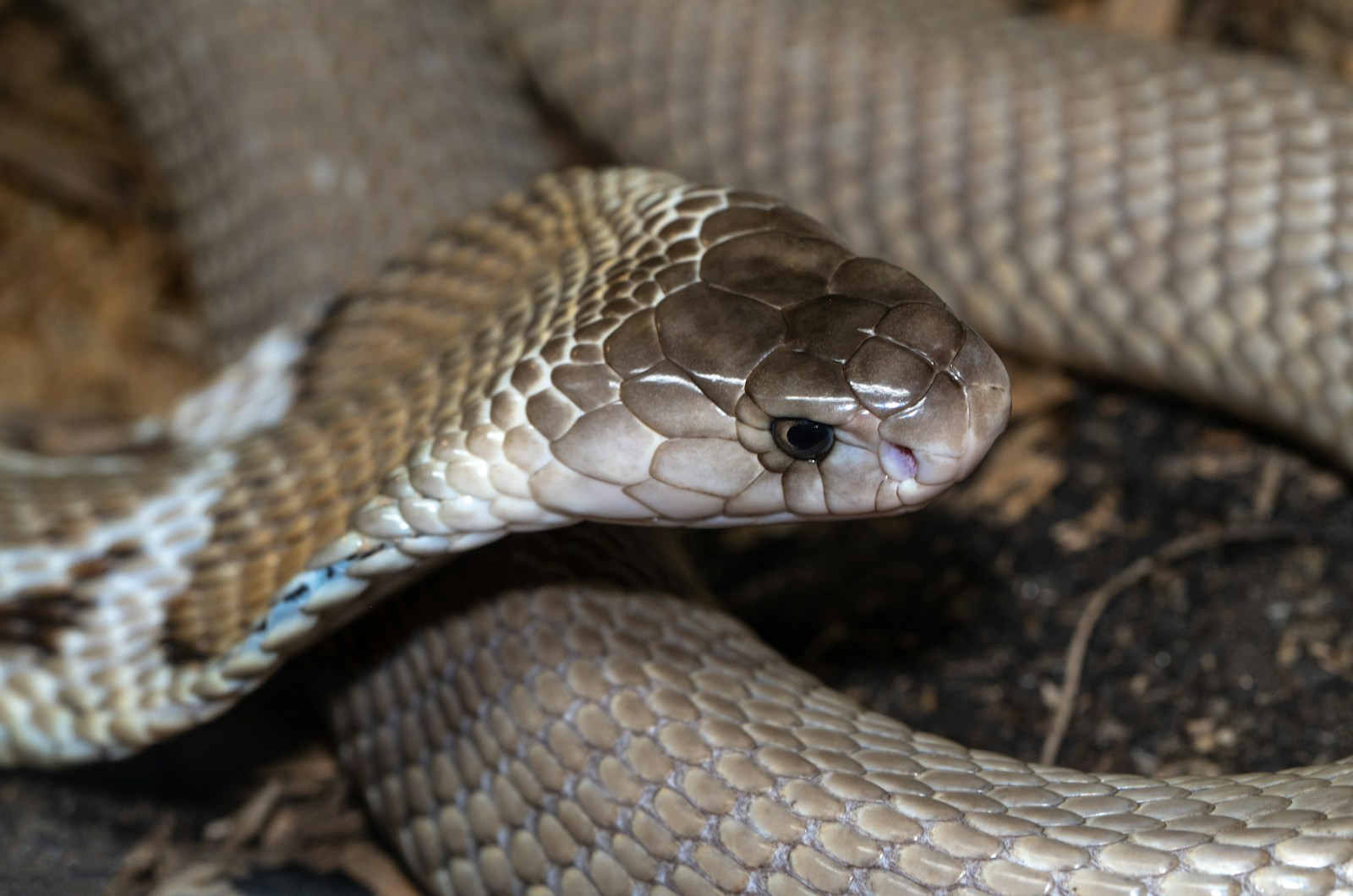
Snakes themselves face predation risk, influencing when they choose to become active hunters. Many species time their hunting activities to minimize exposure to their own predators, which include birds of prey, larger mammals, and even other reptiles. Smaller, more vulnerable snake species often adopt nocturnal hunting patterns to avoid diurnal predators with keen vision, such as hawks and eagles. The smooth green snake (Opheodrys vernalis), despite its excellent camouflage among vegetation, typically reduces hunting activity during peak daylight hours when visibility to predators is highest. Even larger predatory snakes like king cobras may modify their activity patterns in areas with high human presence, one of their few natural threats. This predator-avoidance component creates a complex temporal landscape where snakes must balance optimal hunting conditions against survival risks, often resulting in species-specific compromises that reflect their particular vulnerability and ecological position.
Special Sensory Adaptations for Different Light Conditions
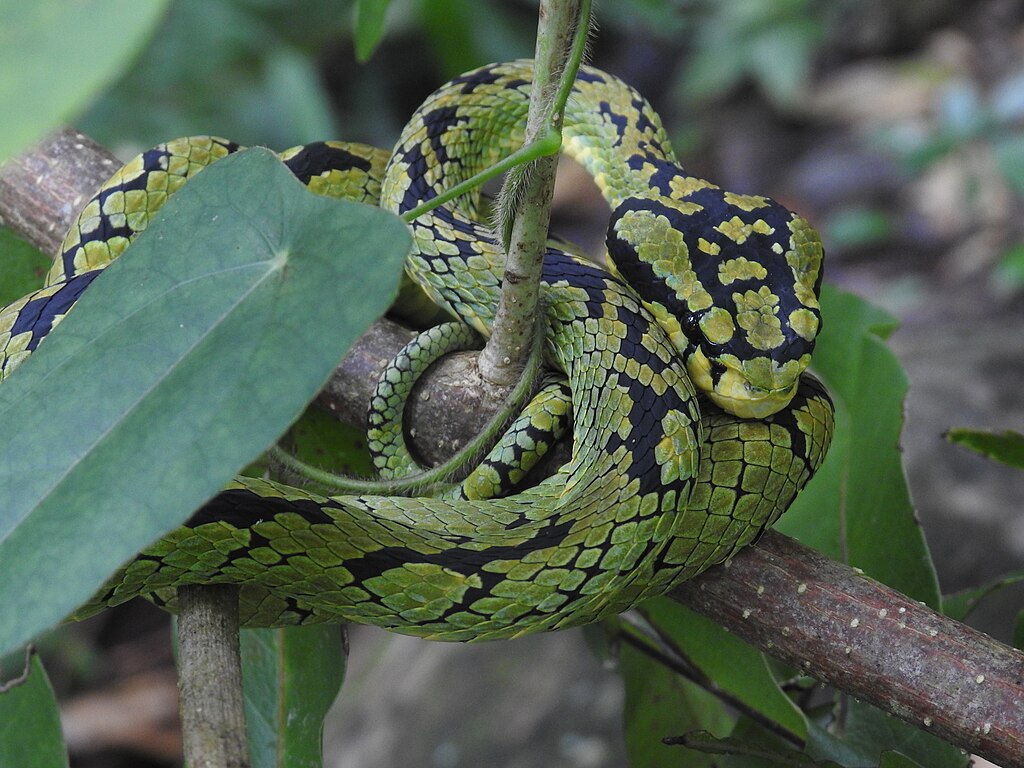
Snake species have evolved sophisticated sensory adaptations that enhance hunting efficiency during their preferred activity periods. Diurnal hunters typically possess excellent vision with specialized color perception that helps distinguish prey against varied backgrounds in bright conditions. Nocturnal species often feature vertically elliptical pupils that can open dramatically in low light and specialized rod-dominant retinas that maximize light sensitivity. Many pit vipers possess extraordinary infrared-sensing organs called pit organs, allowing them to detect prey’s body heat with remarkable precision even in complete darkness. The western diamondback rattlesnake (Crotalus atrox) can use these heat-sensing pits to strike with pinpoint accuracy at warm-blooded prey during moonless nights. Species that hunt during different light conditions also show adaptations in their chemosensory systems, with nocturnal hunters often displaying enhanced tongue-flicking rates and vomeronasal sensitivity to compensate for reduced visual input. These sensory specializations represent remarkable evolutionary solutions to the challenges of hunting in diverse light environments.
Desert Hunters: Beating the Heat Through Timing
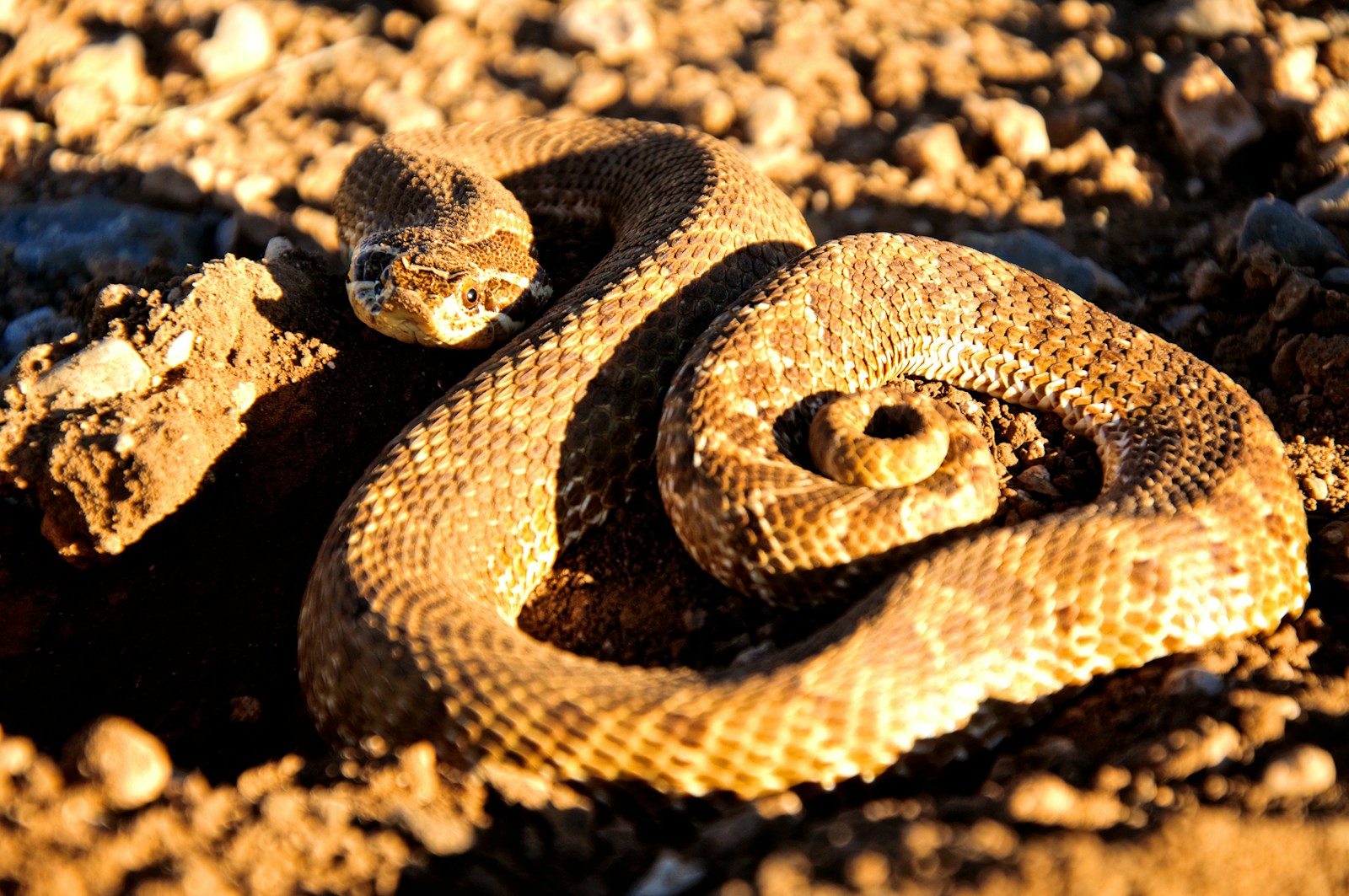
Desert-dwelling snakes face perhaps the most extreme challenges in timing their hunting activities due to the dramatic temperature fluctuations of arid environments. Species like the Mojave desert sidewinder (Crotalus cerastes) have evolved highly specialized temporal strategies to hunt successfully while avoiding lethal heat stress. During summer months, these snakes become strictly nocturnal, emerging to hunt only after sunset when sand temperatures drop to tolerable levels. In winter, the pattern reverses completely, with hunting restricted to warmer daylight hours while nighttime temperatures fall below their functional minimum. The horned viper (Cerastes cerastes) of North African deserts employs a fascinating hunting strategy, burying itself in sand with only eyes and nostrils exposed during daylight hours, then emerging to actively pursue prey during cooler nights. These precise temporal adaptations demonstrate how critical appropriate timing is for survival in extreme environments where the window for effective hunting may span just a few hours daily during certain seasons.
Aquatic Specialists: Timing Underwater Hunts
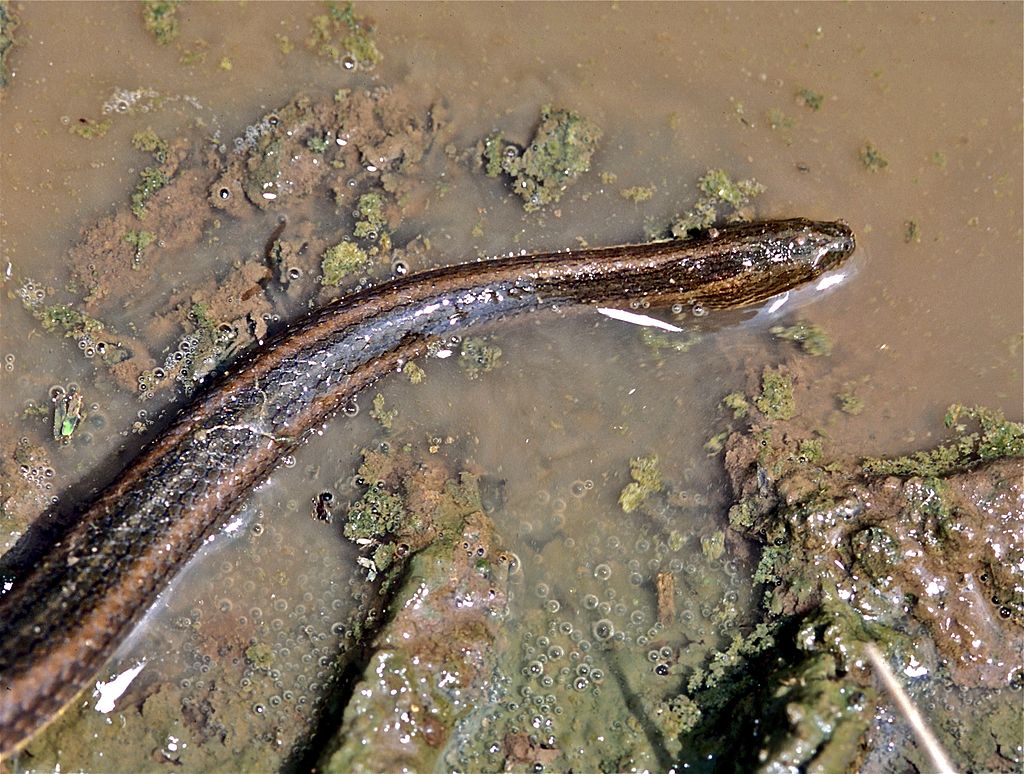
For the diverse group of aquatic and semi-aquatic snakes, hunting schedules incorporate additional considerations related to water conditions and aquatic prey movements. Species like the northern water snake (Nerodia sipedon) often time their hunting activities to coincide with periods of high fish activity, typically during dawn and dusk transition periods. Fully aquatic species such as sea snakes may hunt throughout the day but show preferences for particular tidal conditions that concentrate prey in specific areas. The mangrove snake (Boiga dendrophila) hunts primarily at night when many fish species are less active and therefore more vulnerable to ambush. Water temperature plays a crucial role for these specialists, as it affects both their metabolic rates and the behavior of their prey, creating a complex decision matrix for optimal hunting times. Some sea snake species even synchronize their hunting with lunar cycles, increasing activity during full moon periods when certain reef fish are more visible in illuminated shallow waters.
Urbanized Snakes: Adapting to Human Activity Patterns
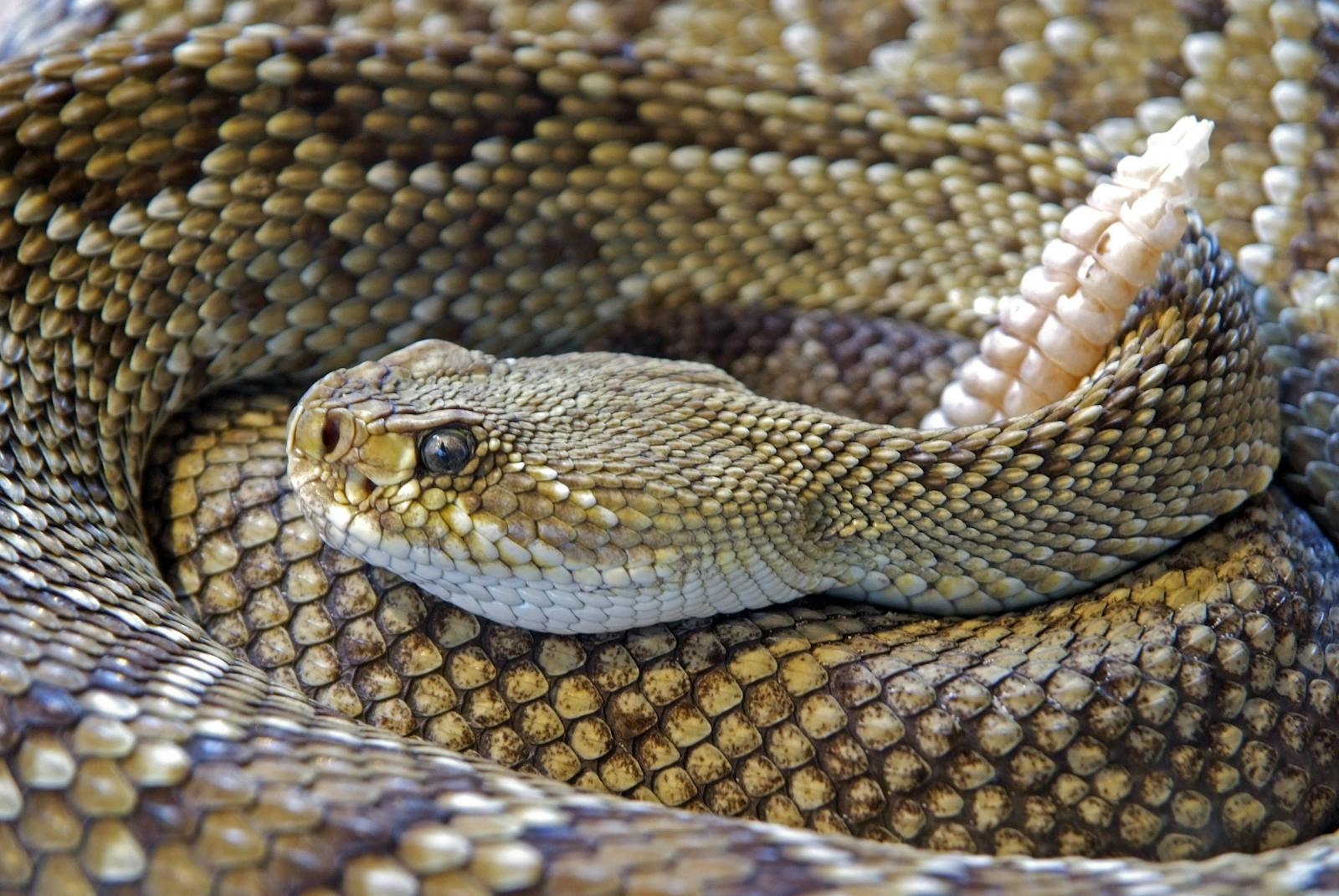
As human development increasingly encroaches on natural habitats, many snake species must adjust their hunting schedules in response to anthropogenic factors. Urban and suburban snakes often modify their activity patterns to minimize human encounters, shifting toward more nocturnal behavior even in species that are typically diurnal in undisturbed habitats. The common rat snake (Pantherophis obsoletus), which readily inhabits human-modified environments, demonstrates remarkable flexibility by hunting during quieter periods when human activity diminishes. Some species exploit artificial lighting around human settlements, which attracts insects and subsequently insectivorous prey species, creating new hunting opportunities during nighttime hours. Research indicates that roadside snake populations may adjust their hunting schedules to avoid peak traffic periods while taking advantage of the thermal properties of paved surfaces during cooler hours. These behavioral adaptations highlight the remarkable plasticity in snake hunting patterns and their ability to survive in increasingly human-dominated landscapes by strategically selecting hunting times that minimize conflict while maximizing feeding opportunities.
The Future: Climate Change and Shifting Hunting Windows
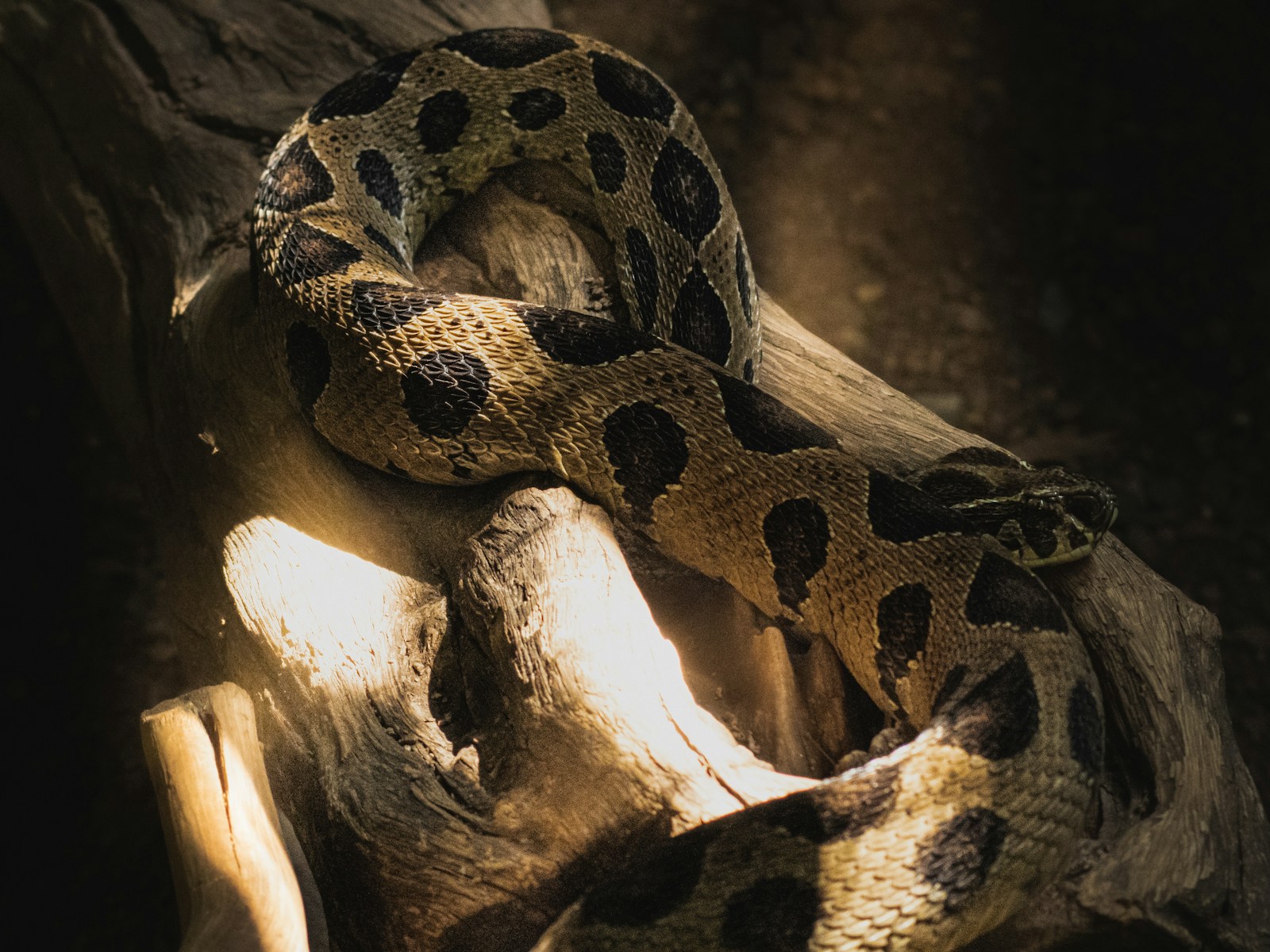
Climate change presents significant challenges to the carefully evolved temporal hunting strategies of snakes worldwide. Rising global temperatures are already altering the thermal landscape in ways that impact when snakes can hunt effectively, potentially creating mismatches between predator activity and prey availability. In warming environments, traditionally diurnal species may be forced to shift toward crepuscular or nocturnal activity patterns as daytime temperatures exceed their thermal tolerances more frequently. These shifts could potentially increase competition among species that previously occupied different temporal niches. Research suggests that some temperate species are already extending their annual activity periods with earlier spring emergence and later autumn dormancy, fundamentally changing their seasonal hunting patterns. The complicated cascading effects of climate change on entire ecosystems may disrupt the synchronization between snake hunting schedules and prey availability that has evolved over millennia. Understanding these temporal adaptations becomes increasingly urgent for conservation efforts aimed at preserving these remarkable predators in a rapidly changing world.
The timing of snake hunting activities represents one of nature’s most fascinating examples of evolutionary precision. From the scorching deserts to humid rainforests, from daylight specialists to midnight hunters, each species has developed remarkable temporal adaptations that maximize hunting success while minimizing risks. These carefully calibrated schedules reflect millions of years of evolutionary refinement, balancing the complex interplay of thermoregulatory needs, prey availability, predator avoidance, and sensory capabilities. As we continue to study these remarkable predators, we gain not only a deeper appreciation for their ecological importance but also valuable insights into how complex behaviors evolve in response to environmental challenges. The diverse hunting schedules of snakes around the world stand as a testament to the extraordinary adaptive capacity of life on our planet, demonstrating how the simple question of “when to hunt” has produced an astonishing array of specialized solutions across the snake family tree.

